In early May, Tang Fellow and Spanish instructor María Martínez convened a meeting in the Addison Gallery of American Art. This gathering — a pivotal step in deepening the Interdisciplinary Museum Project: Bridging Spanish Language Acquisition and Visual Literacy — brought together Jamie Gibbons, head of education, Angela Parker, educator for Academy engagement, and all Spanish department instructors. The agenda for the meeting was threefold:
- Present Selected Artwork: Parker showcased various artworks based on themes of clothing and identity, providing a preview of possibilities for the coming year.
- Experience a Session: Teachers participated in a close-looking session with Parker, who modeled techniques for encouraging students to slow down and find vocabulary to describe what they see. Additional images were layered in to discuss sequencing and curating, illustrating different ways to conduct these sessions.
- Make Decisions: The group identified which artworks would be most frequently used by classes.
Gibbons expressed enthusiasm about the collaboration, saying, “We were thrilled to have the Spanish department join us at the museum. María has done so much work towards identifying artworks from our collection that connect with curriculum content.”
Martínez explained that engaging with the Addison staff and selected artworks was crucial for the Spanish instructors for several reasons:
- Enhanced Curriculum Integration: Collaborating with the Addison staff allowed Spanish instructors to see firsthand how art can be integrated into their language curriculum, enriching the educational experience and making it more interdisciplinary.
- Experiential Learning: Participating in a session led by Parker allowed instructors to experience museum educators’ teaching methods. This hands-on approach demonstrated effective strategies for encouraging students to engage deeply with visual art and develop their descriptive vocabulary.
- Inspiration and Ideas: Seeing selected artworks, especially those aligned with themes of clothing and identity, provided instructors with concrete examples of how these themes could be explored through art, inspiring engaging and educational lesson plans.
- Collaborative Planning: Engaging with the Addison staff facilitated collaborative planning, ensuring that both the museum’s resources and the curriculum’s needs were aligned, supporting the creation of cohesive, well-rounded lessons that utilize art to enhance language learning.
- Decision Making: Discussing and deciding which artwork should be displayed long-term in the Learning Center allowed instructors to impact the resources available to their students, ensuring the chosen piece would be relevant and frequently used in their classes.
With Parker’s and Gibbons’s guidance, the team made important decisions. Gibbons said, “While we can pull any of the identified artworks from storage for temporary viewing by classes in our Museum Learning Center, Spanish faculty helped us identify two large-scale artworks they think they’ll use most often. We’ll hang those in the Museum Learning Center in the fall for a longer display.” The team chose If My Friends Could See Me Now by Pacita Abad (lithograph with pulp-painted chine-colle and metallic powder, 1993, gift of the Pacita Abad Estate) and Amber Morningstar by Cara Romero (archival pigment photograph, 2019, purchased as the gift of Burt Adelman and Lydia Rogers).







